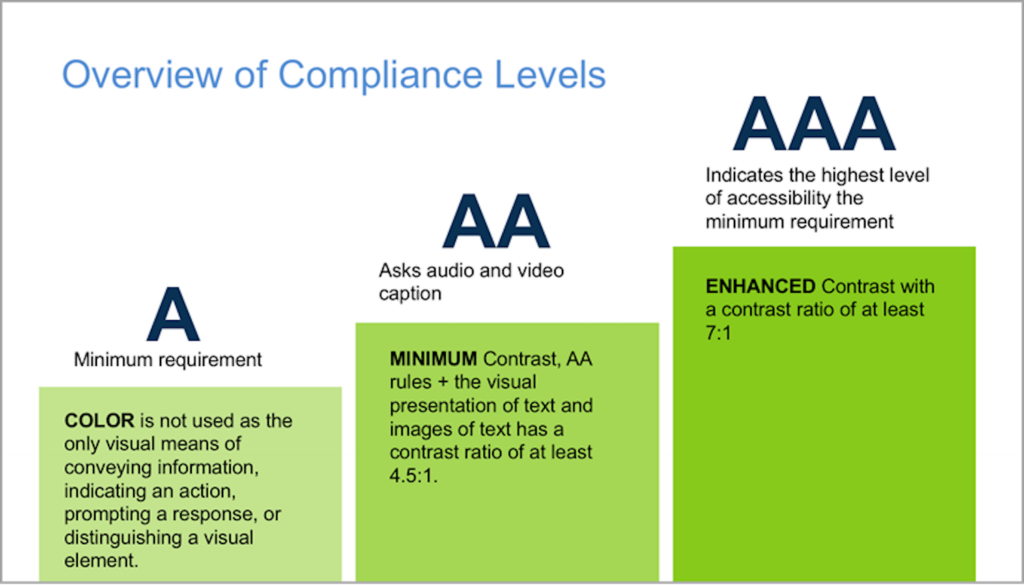
In recent years, food delivery apps have seen quite a rise: mainly due to the pandemic but also because almost all areas of our lives have moved to mobile. But despite the astonishing demand for such apps, very few actually reach the bar in terms of quality and user satisfaction.
There are still many apps with poor UI, confusing navigation, or limited payment options. So what features does a good food delivery app have and how do you make one as great as Uber Eats?
The state of on-demand food delivery in numbers: an overview
Before dissecting a good food delivery app and understanding what it’s made of, let’s look at some numbers first. According to the Business of Apps report, the most interesting insights on the on-demand food delivery are as follows:
- Top food delivery apps are Uber Eats, Just Eat, Grubhub, and Deliveroo.
- China is the #1 country by food delivery revenue ($27.3 billion), followed by the US ($22.4 billion) and Europe ($9.2 billion).
- The food delivery industry is projected to grow by $320 billion by 2029 while in 2022, it’s approximately $140 billion.
Even though Uber Eats is not the sole leader in the market, it is often called the staple of food delivery apps. There are several reasons for that, such as a great user interface, an option of a scheduled delivery, various deals and promotions, transparent and timely payments for drivers, and many more. No wonder there are already Uber Eats clones out there in the market, trying to outperform Uber by offering almost-the-same functionality. And while there is no universal recipe for success, there are certain features that are considered a must for any food delivery app and are expected by customers.
Note: When talking about the functionality of a food delivery app, the first thing that comes to mind is customer functionality such as a search option or an option to leave a review. However, there are three user groups: customers, drivers, and restaurants, and all three have to be satisfied with the app.
6 do’s of a great delivery app
Below we list down the main features that modern users expect from a good food delivery application. Even though they can be called core features, some apps still miss them which, in turn, impacts their revenue and position in the market.
1. Do implement real-time GPS tracking
When it comes to food delivery, customers prefer knowing at what approximate time they will receive their order. And while there may be a certain time period stated, an option to track the order via GPS instantly boosts the user experience. In this way, customers will be able to see where exactly the delivery is and how far it is from them.
In addition, GPS tracking is highly helpful for drivers too. Not only does it help determine the precise customer’s location but it can also provide the shortest route from the restaurant to the destination. And the best part of this plan is that you don’t have to develop a solution from scratch since the most popular online maps (i.e. Google Maps) can be easily integrated into your app.
2. Do provide easy filtering and search
Delivery apps usually offer quite a vast number of available restaurants to order from and it’s critical that a user can easily navigate and filter them. While the filtering and search options are available in all delivery apps, sometimes they are poorly executed and bring confusion instead of assistance.
When thinking about the restaurant navigation and search, consider the following practices:
- Make sure that search categories are visible and clear;
- Provide personal recommendations based on the user’s past activity;
- Do not overload the navigation with too many categories;
- Make sure the checkout is user-friendly and users can easily manage it (i.e. remove dishes, instantly see the price).
3. Do integrate a map
In addition to being able to track the order, customers also need to know where a restaurant is located (i.e. to order a takeout near their apartment). Hence, a good delivery app needs an integrated map that shows the locations of restaurants and allows both customers and drivers to see the restaurant location.
The integration of Google Maps or a similar solution significantly reduces the heat when it comes to busy delivery hours. This, in turn, improves customer satisfaction and helps drivers find the stated destination easily.
4. Do provide an option to schedule an order
This feature is among the ones that made Uber Eats so successful since Uber was the one introducing it. An option of order scheduling allows customers to make orders in advance and schedule them for a certain day and time as well as make repetitive orders at one time. As for the restaurants, this feature allows them to do better planning of their workload and prepare orders more efficiently. Needless to say, this is another significant factor that contributes to a great user experience and helps restaurants avoid order overload.
5. Do provide a simple checkout
In any software product, checkout is an area where users stumble the most since it is often poorly designed or not thought out well enough. When it comes to food ordering, the best practices to follow are:
- Provide multiple and simple payment options (credit/debit cards, PayPal, Apple Pay, Google Pay);
- Allow guest checkout without the need to create a user profile;
- Allow guests to manage their order (i.e. remove, add, replace items) during the checkout;
- Enable filling in user contacts and delivery addresses by default for faster checkout.
6. Do offer relevant promotions and loyalty programs
Personalization has become a must and something that users expect by default from any service or product. On-demand food delivery is no exception and if you want to retain users and provide them with the ultimate user experience, you’ll have to incorporate personalization in your app.
In terms of food delivery, personalization comes in the form of relevant offers (based on the user’s activity and most recent orders), discounts, and loyalty programs. Since personalization plays such an important role, many app developers offer restaurants advanced options to set up promotions and discounts to boost revenue and attract customers at the same time.
4 don’ts of a great delivery app
From what we discussed above, it’s clear that a good food delivery app is heavily focused on user experience and ease of use. Now let’s talk about what can be done wrong in terms of its functionality and what bottlenecks can ruin the user experience.
1. Do not 100% limit access to the app
We get it – in busy hours, your app may get so overloaded that neither restaurants nor drivers are able to take new orders. In such cases some apps (i.e. Glovo) limit access to the app and do not allow users to enter it by putting a “Sorry, we are experiencing a high load right now” message on the screen.
But what if users don’t want delivery but want to order a takeaway or simply scroll through a menu to make an order later? By not allowing to use the app, you are greatly reducing user satisfaction and risking losing customers in favor of your competitors.
Tip: instead of limiting access, you can limit certain options (i.e. delivery) but allow users to still search through restaurants and order takeaway. As well, you can offer them an alternative or an incentive as an excuse for making them wait.
2. Do not overuse push notifications
Push notifications are a great way to notify users about discounts, special offers, or their order status. However, if you use push notifications too much, this may annoy or confuse users – and we don’t need to say how it will negatively impact their perception of your app.
Instead of notifying users about everything, you can offer them to set up notifications to choose what kind of information they want to receive. While such notifications as order status may be set up as default ones, others (i.e. discounts, new menu items, etc.) should be set up by the user according to their preferences.
3. Do not ignore user support
Seems like nothing can go wrong with ordering food but quite often, customers want to inquire something about their order, drivers may have unexpected issues, or restaurants need to clarify certain details. In all these cases, 24/7 customer service is a must.
Unfortunately, not many delivery apps provide efficient user support which is another factor that negatively affects user experience. The simplest thing that one can do is integrate a chatbot or an in-app messenger so users can always reach the representative and get the needed information. And obviously, both drivers and restaurants should have no problem with contacting the delivery service by any preferred method.
4. Do not overload the app with features
This point is applicable to any application but when it comes to food ordering, feature overload becomes an especially critical issue. Considering the number of core functions to interact with, any extra features will become more of a burden than a help. This, in turn, might distract users and discourage them from further interaction with the app.
Tip: if you suspect your app to be complex to understand from the first time but do not want to remove any features, invest some time into designing a user-friendly onboarding process. In this way, you’ll retain the functionality but will also help users navigate it.
Summing up
In the era of digitization, user-centricity has become the gold standard and on-demand delivery apps have to follow it in order to remain competitive. But in addition to intuitive and user-friendly design, do not forget about the app’s performance and its load-handling abilities in particular. After all, nothing is worse than an app freezing right at the moment when a starving user orders his favorite meal – and if such a mistake is made, it will be incredibly hard to fix it. Hence, when designing a delivery application, choose your software provider carefully and make sure their portfolio features similar projects so they know how to handle the most common requests when it comes to enabling a smooth delivery process.
The post How to Make a Great Delivery App in 2022: The Do’s and Don’ts appeared first on noupe.






